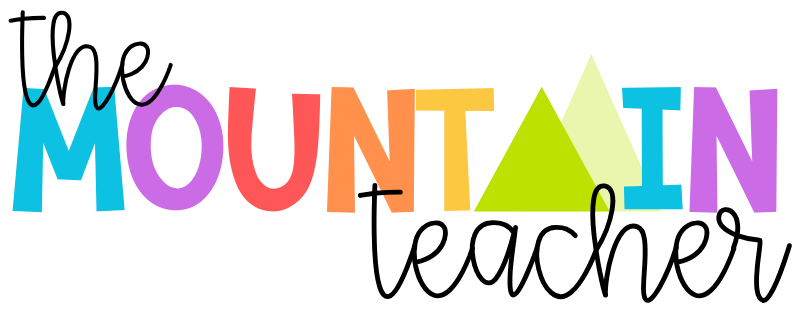How to Empower Student Success with Poetry Reading Lessons

I used to DREAD April because it meant it was time for teaching poetry. I am not that creative brained person that was ever good at writing poetry, so I assumed teaching students about reading poetry would be the same…. but I was so wrong! With the right models, anchor charts and lesson plans, teaching poetry to primary students can be so much fun!
Planning: Pick Poetry Elements
To start, use the common core or your own resources to determine what poetic elements you want to teach to your students. I typically taught 14 types of poetry and 8 types of figurative language often found in poems. I would always cover:

- ABC Poems
- Acrostic Poems
- Autobiographical Poems
- Ballads
- Chant Poetry
- Cinquain Poetry
- Color Poems
- Diamante Poems
- Haikus
- Limericks
- Lunes
- Odes
- Shape Poems
- Tanka Poems
- Ryme
- Alliteration
- Repetition
- Onomatopoeia
- Personification
- Metaphor
- Hyperbole
- Simile
Teaching Tips:

Each day, I teach a different skill. At the beginning of the block, I use an anchor chart to go over the poetic element.
Then, we read a ton of examples I have found in real literature that exemplify that type of poem. Shel Silverstein is a definite favorite and covers almost every type of poem.

After reading the examples, I give students time to practice reading a poem. Poetry is a GREAT time to reinforce fluency and typically gives confidence to students who might otherwise struggle in that area.
I have students read the “poem of the day” 3 times out loud. Then, they answer some basic questions about the poem.
When they finish, I allow them to read lots of different poems with partners to practice fluency and to build their love of reading.
Writing Component:
After teaching students to read poetry, we practice writing poetry. Tune in next week for details on how I teach this.
Resources:


- Digital Reading and Writing Poetry Unit
- PDF Reading and Writing Poetry Unit
- Shel Silverstein Collection
- Love That Dog
Do you enjoy teaching students about reading poetry? Drop your favorite books in the comment section below!
